How Can We Help Treat Ligament Sprains
Ligament sprains often cause pain, swelling and instability. Without proper treatment, they can lead to long-term weakness or recurring injuries.
At Fit2Function, we use a combination of manual therapy, targeted rehabilitation, and technology to restore strength and confidence.
What you can expect:
- Assessment of injury severity and joint stability
- Manual therapy to improve mobility
- Progressive strengthening and balance training
- Advanced treatments to support healing
- Advice on returning safely to activity or sport
We’ll guide you through every stage of recovery, from early healing to performance return.
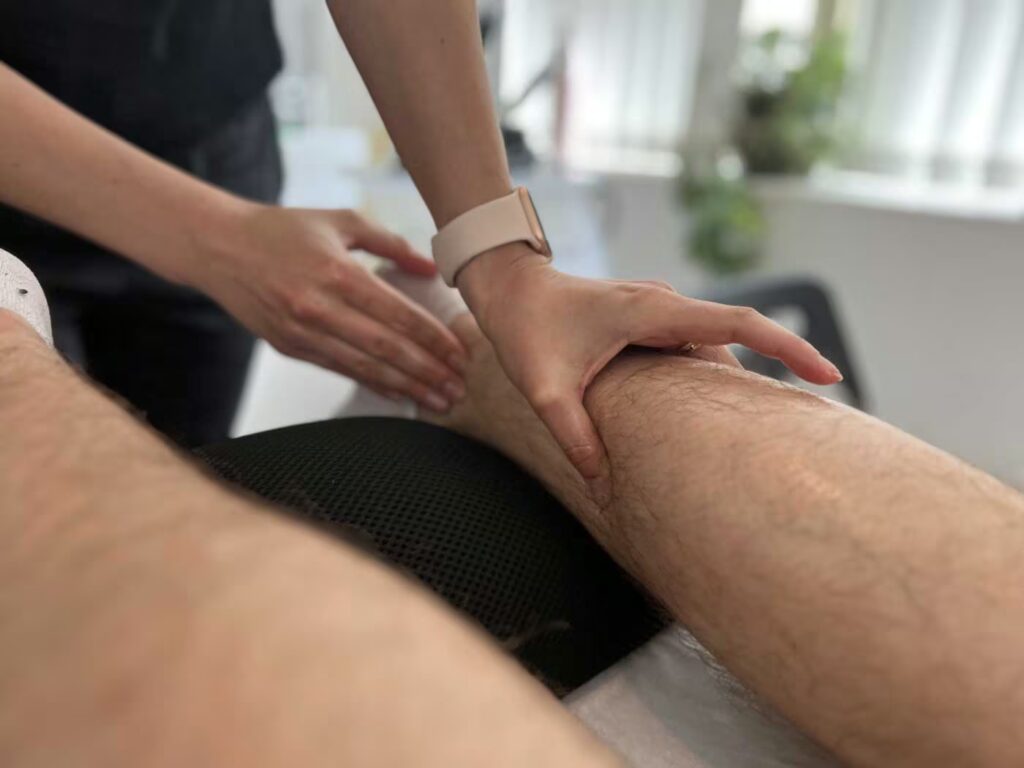
What is Ligament Sprain?
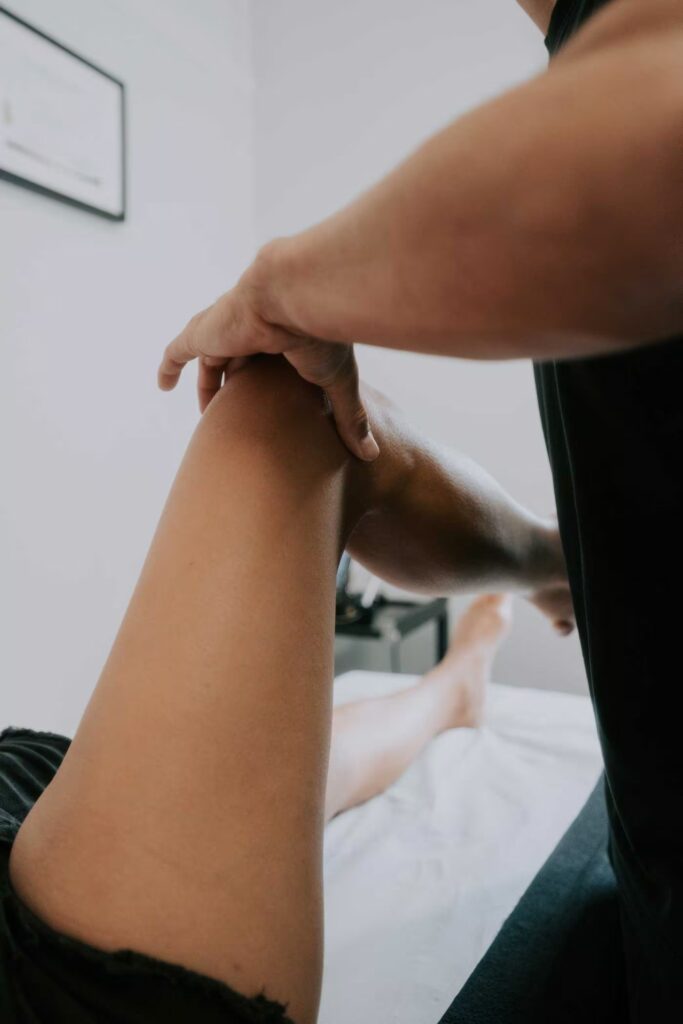
What Makes Us Different
Our team includes specialists in sports injury rehabilitation who work with clients of all levels from active professionals to recreational athletes.
We combine hands-on techniques and modern therapies to deliver faster, lasting recovery.
Why patients choose us:
- Sports rehab specialists with advanced training
- 60-minute sessions for detailed quality care
- Proven results and over 350 five-star reviews
- Oxford Circus location for easy access
- Welcoming, results-driven environment
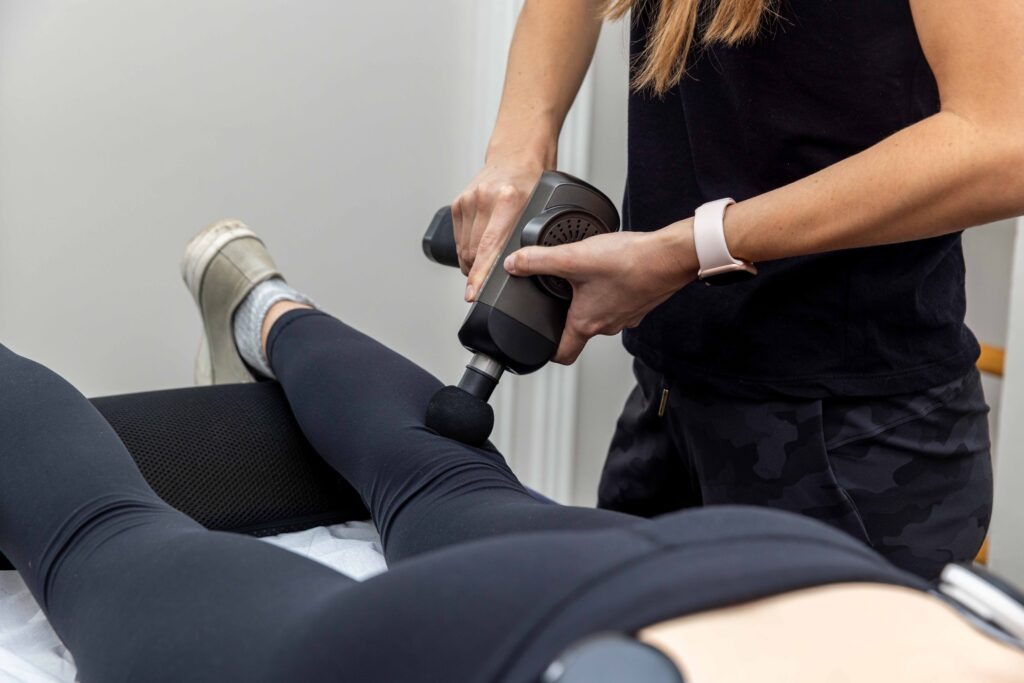
Benefits Of Ligament Sprains Treatment
Treatment of ligament sprains ensures faster recovery, reduced pain and improved joint stability. Left untreated, even mild sprains can lead to chronic instability, repeated injury or joint degeneration over time. Our approach focuses on restoring mobility, balance and strength to protect the joint and reduce the risk of recurrence. Clients often return to walking, running, or sport more confidently and with a lower risk of reinjury. At Fit2Function Oxford Circus, we help you recover from sprains fully, with a plan built around your goals, whether that’s getting back to high level sport or simply moving without fear of pain or instability.
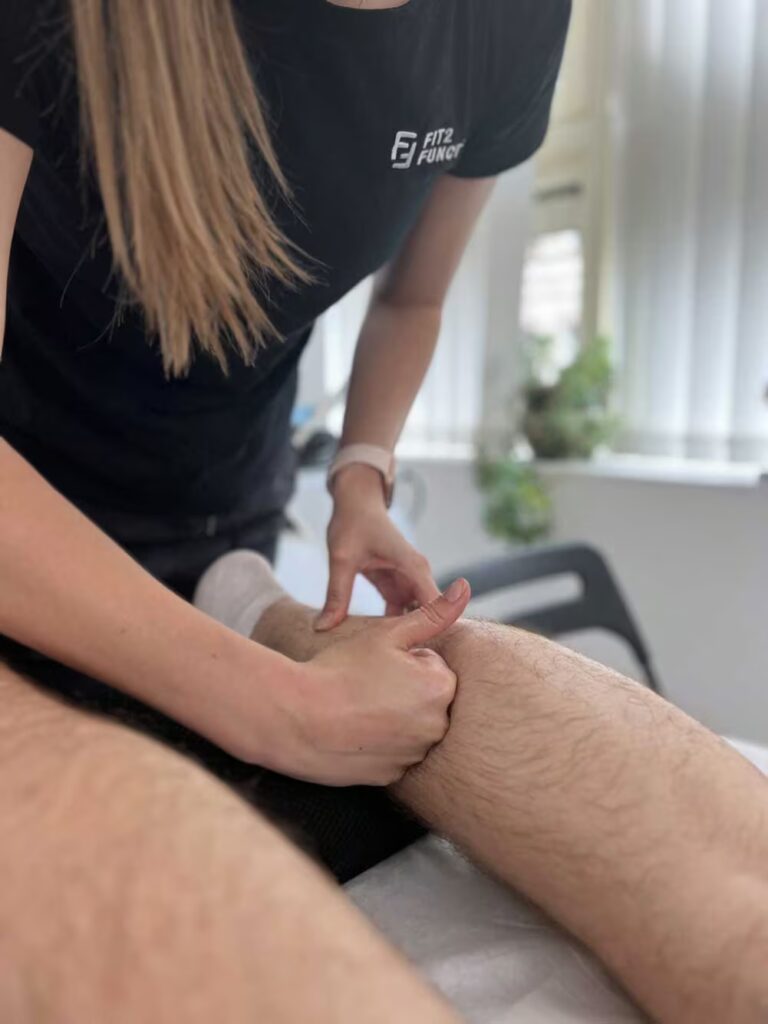
What To Expect On Your First Visit
Every session at Fit2Function is designed to be clear, effective and supportive.
- Consultation & History – We’ll review how the injury happened, your pain levels and how it’s affecting your activity.
- Physical Assessment – We’ll test joint stability, strength, and range of motion to confirm the severity of the sprain.
- Diagnosis & Education – We’ll explain the findings, the healing process, and your expected recovery time.
- Treatment Begins – Hands-on treatment, mobility work and gentle rehabilitation start right away.
- Ongoing Recovery Plan – We’ll provide a clear plan, including exercises and advice for safely returning to full function.
Our goal is to help you feel confident in your recovery and supported every step of the way.
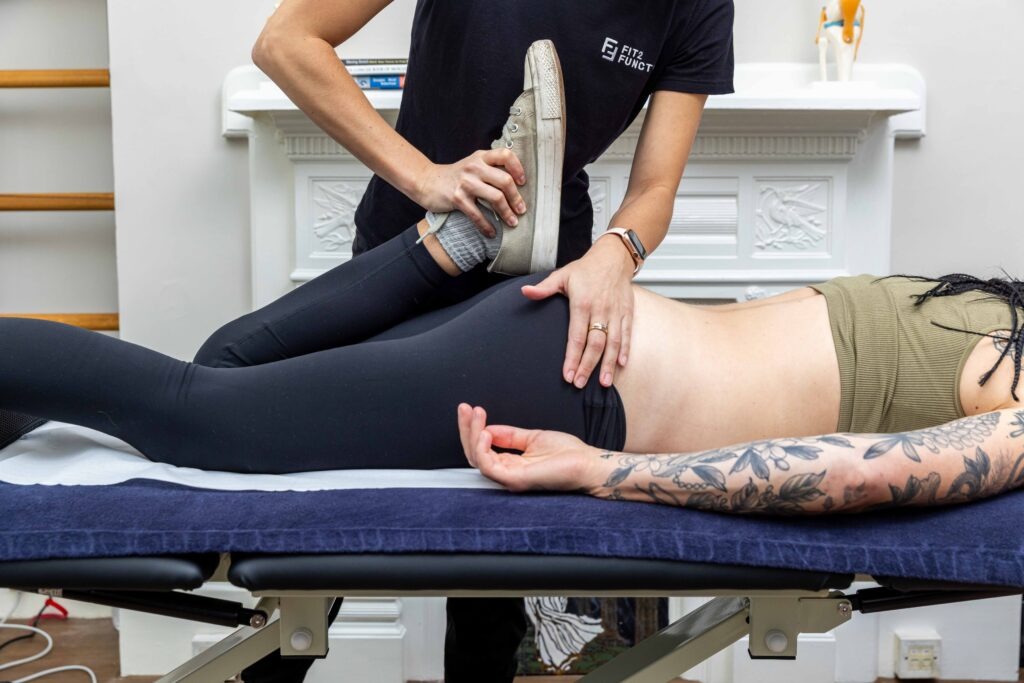
How To Book Your First Appointment:
Getting started is simple:
- Click the “Book An Appointment” button on this page.
- Select your preferred practitioner, service and time.
- Attend your first session and begin your recovery journey.
Prefer to chat first? Call us at 02071172076 or fill out the contact form at the bottom of the page and we’ll happily guide you through the process.
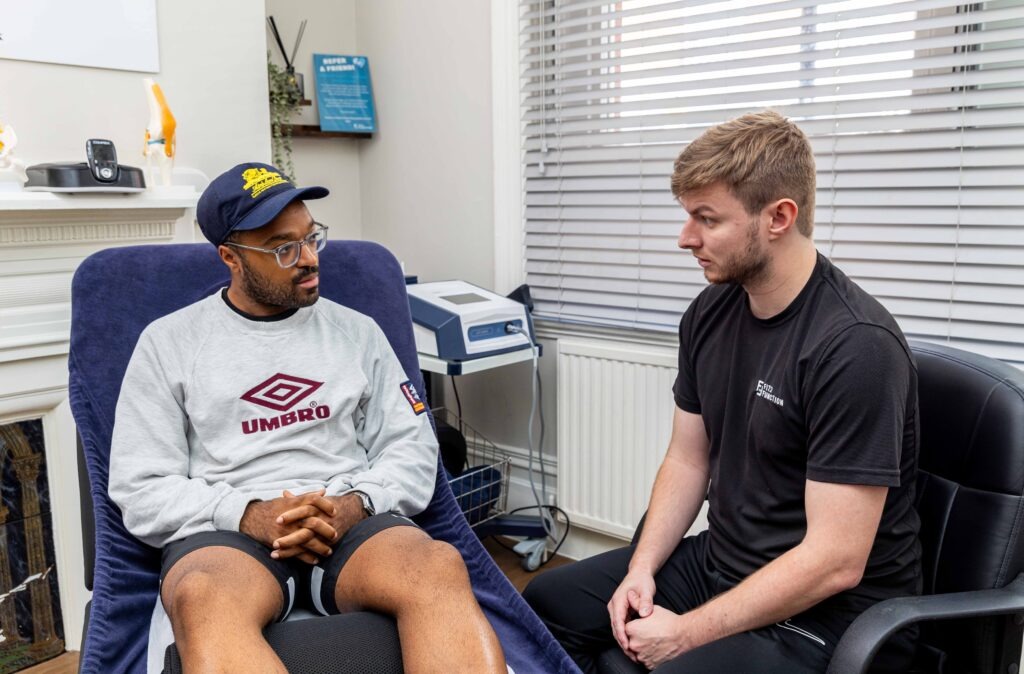
EXCELLENTTrustindex verifies that the original source of the review is Google. Very good laser treatment for lower back pain. Relieve a lot after the session.Posted onTrustindex verifies that the original source of the review is Google. Really impressed with George on my visit to F2F. Ankle has felt weak for a while now post sprain but already feeling better post treatmentPosted onTrustindex verifies that the original source of the review is Google. 5 stars is not enough for Anna! She is amazing.. not inky has she healed my shoulder she also healed my sons football injury! He is back playing in only a few weeks. ANNA also gave a plan which he can do along side his training to keep him fit! She is worth her weight in Gold!Posted onTrustindex verifies that the original source of the review is Google. I’ve been working with George at Fit to Function on and off over the past year, and I can’t recommend him enough. I was dealing with stubborn bicep tendinitis that just wouldn’t go away, but George completely sorted me out. Super friendly, knowledgeable, and genuinely helpful. I also love the new location — clean, professional, and easy to get to. If you’re struggling with any tendon issues, I highly recommend trying shockwave therapy here. It made a huge difference for me!Posted onTrustindex verifies that the original source of the review is Google. I’ve had some neck pain for a while, same with my right toe and thumb joint from football injuries. George and Conor were very welcoming. George really helped me in understanding the cause and telling me the right treatment before administering it. Completely recommend!Posted onTrustindex verifies that the original source of the review is Google. OMG amazing clinic, solved my issues and can run again. Thank you for your professionalism and attentiveness and such a warm atmosphere.Posted onTrustindex verifies that the original source of the review is Google. I went to Fit2Function for my ankle and had Anna Jancsurák as my Physiotherapist. She was amazing and so thoughtful and kind and very helpful in my rehabilitation. She explained everything very thoroughly and is very knowledgeable and showed me very helpful excersicesPosted onTrustindex verifies that the original source of the review is Google. I am currently being treated by Anna at Fit2Function for recurring knee issues. Anna is a fantastic physiotherapist: knowledgeable, professional, thorough and exceptional at her job. After only 3/6 sessions, and keeping up with physio outside of official appointments (don't skip this step), my legs are stronger and my knees no longer ache throughout my long, active workdays. I cannot recommend Anna enough, and I am safe in the knowledge that, should I ever have any body-related issues, I will be in safe hands with her.
Ligament Sprains FAQs
What are the common signs that I’ve sprained a ligament?
You may feel sudden pain, swelling, bruising or instability in the affected joint. Some people may also hear a “pop” at the time of injury.
How long does it usually take for a ligament sprain to heal?
Mild sprains can heal within 1–2 weeks, while moderate to severe sprains may take 4–8 weeks or longer with the correct treatment and rehab. Recovery time depends on the severity and your activity level.
Can ligament sprains heal without professional treatment?
Some mild sprains improve with rest and home care, but without proper rehab, you risk incomplete healing or future injury. Professional treatment ensures full recovery and joint stability.
How do you prevent a ligament sprain from happening again?
Strengthening the surrounding muscles, improving balance and coordination and addressing faulty movement patterns are key to preventing recurrence. Our rehab plans focus heavily on injury prevention.
When should I see a specialist for a ligament sprain?
If you’re unable to bear weight, have severe swelling or bruising, or your joint feels unstable, it’s best to seek professional help. Early treatment improves recovery and reduces complications.
Are there any risks associated with returning to activity too soon after a ligament sprain?
Yes. Returning too early can lead to re-injury, chronic instability or compensatory problems in other joints. We guide your return to sport or activity safely with structured treatment and rehabilitation plans.